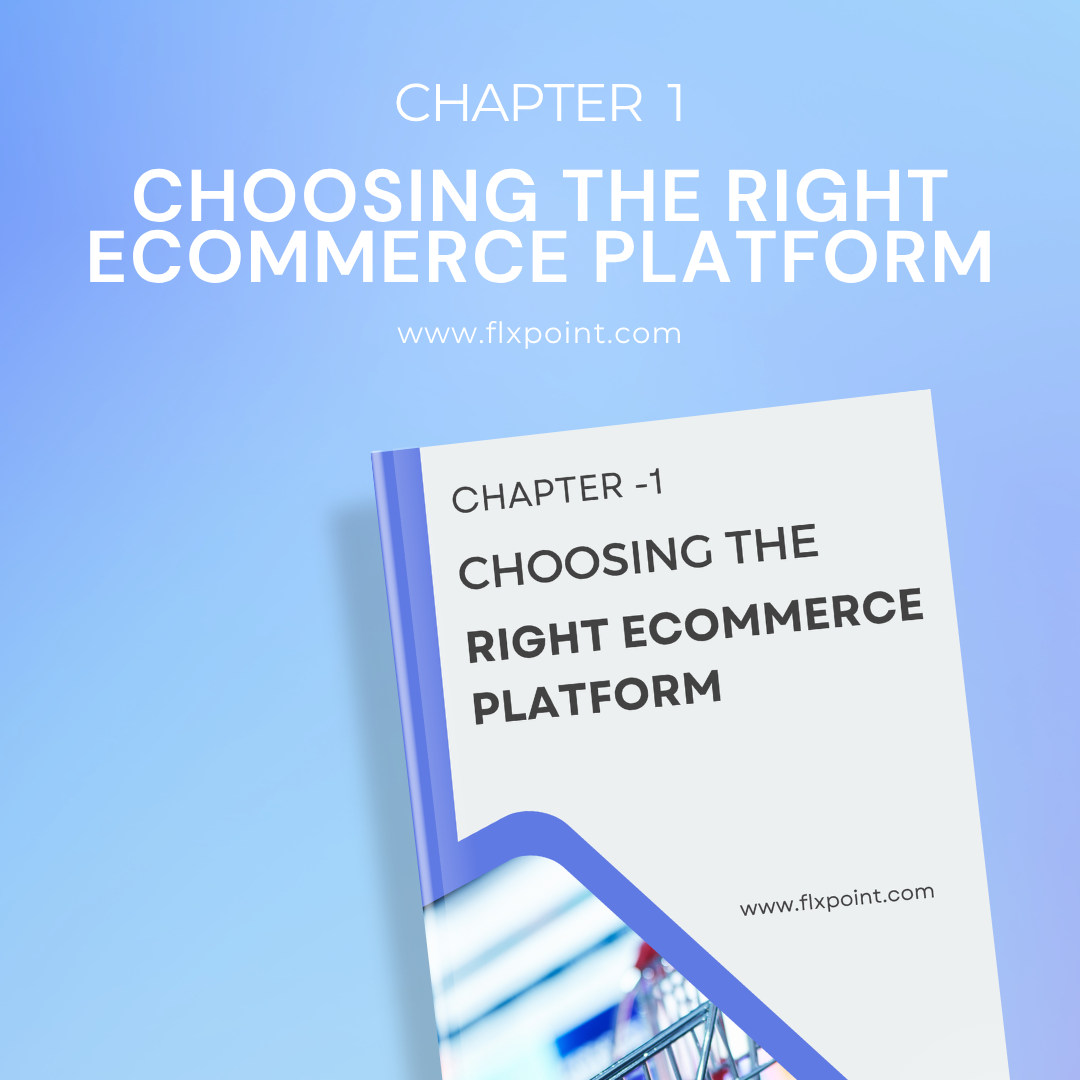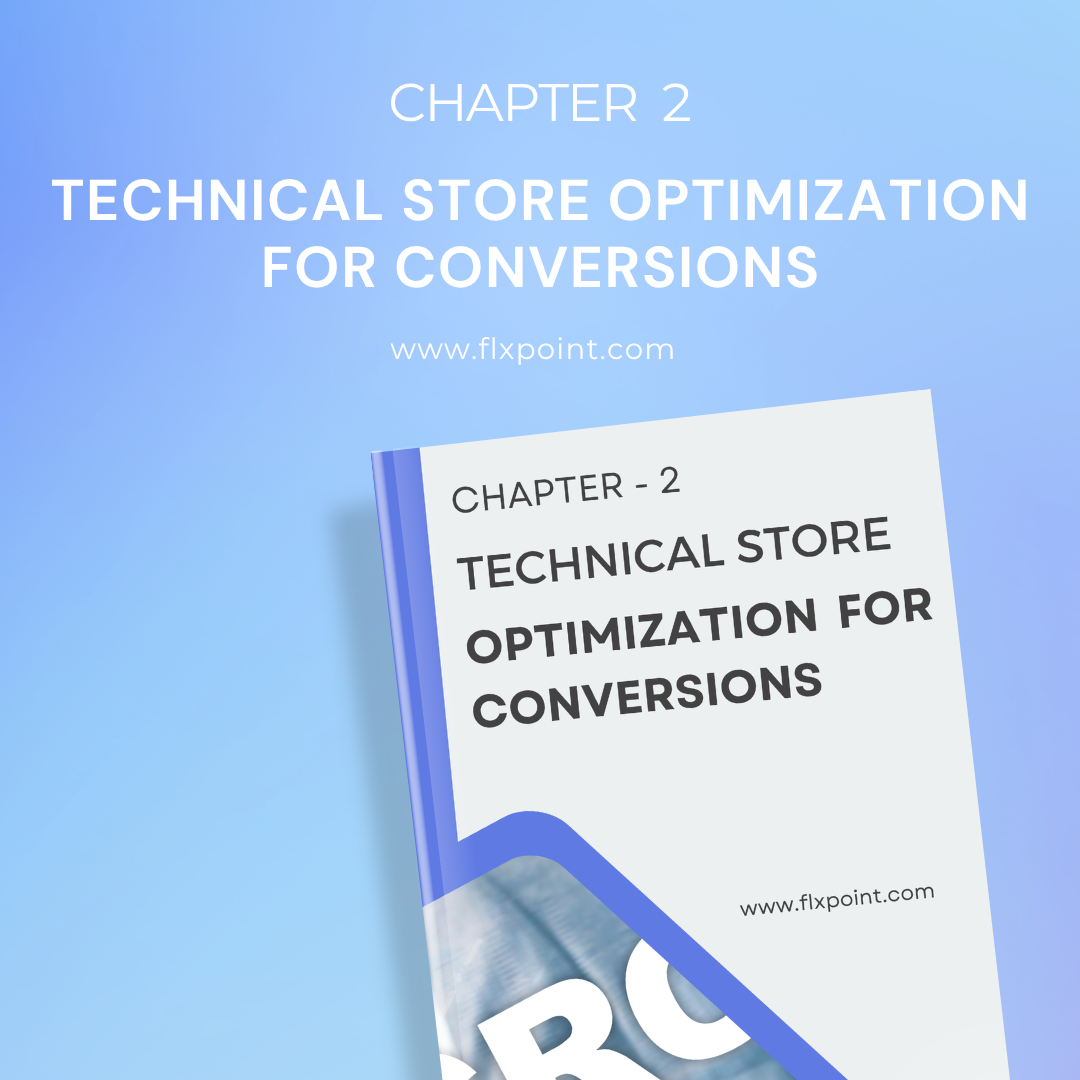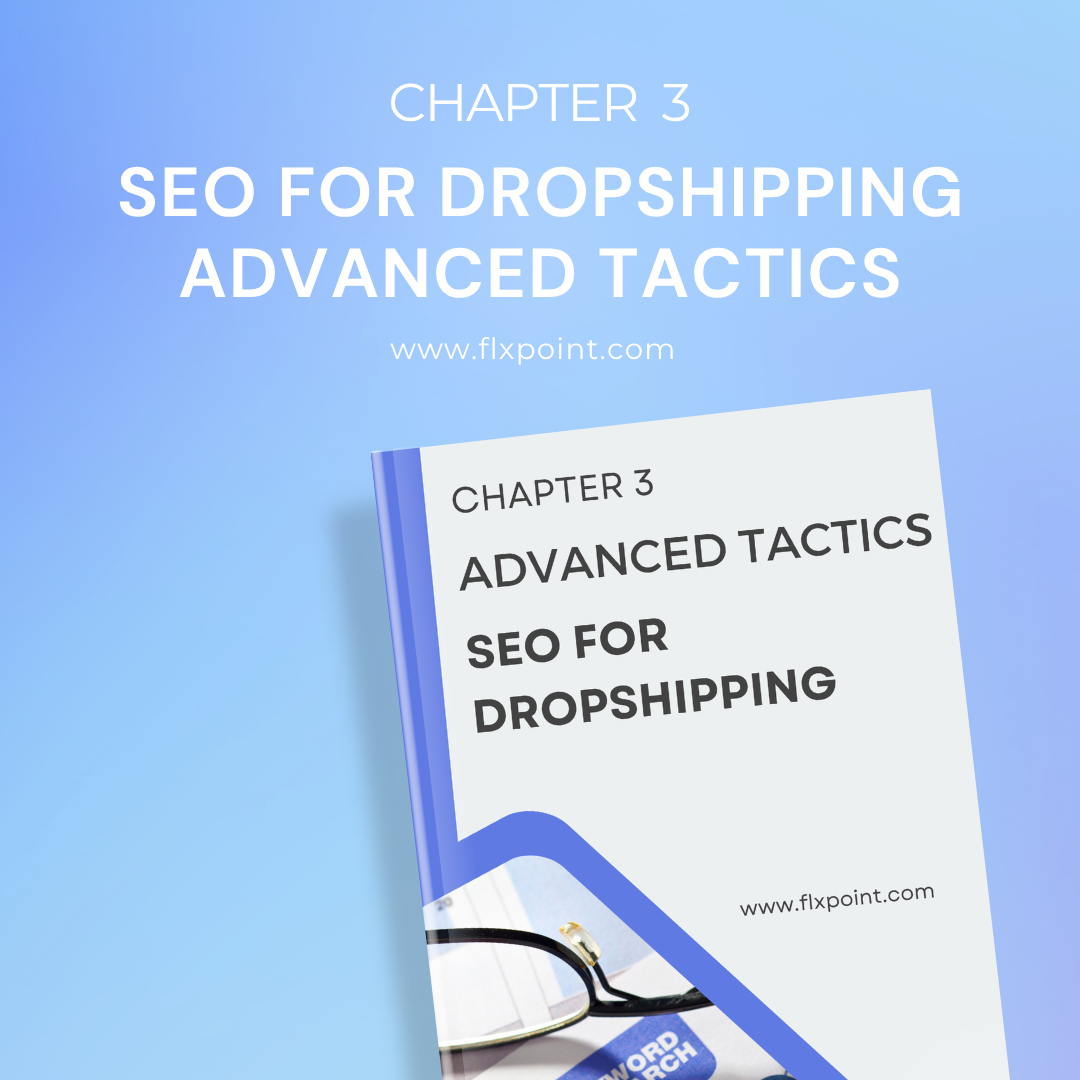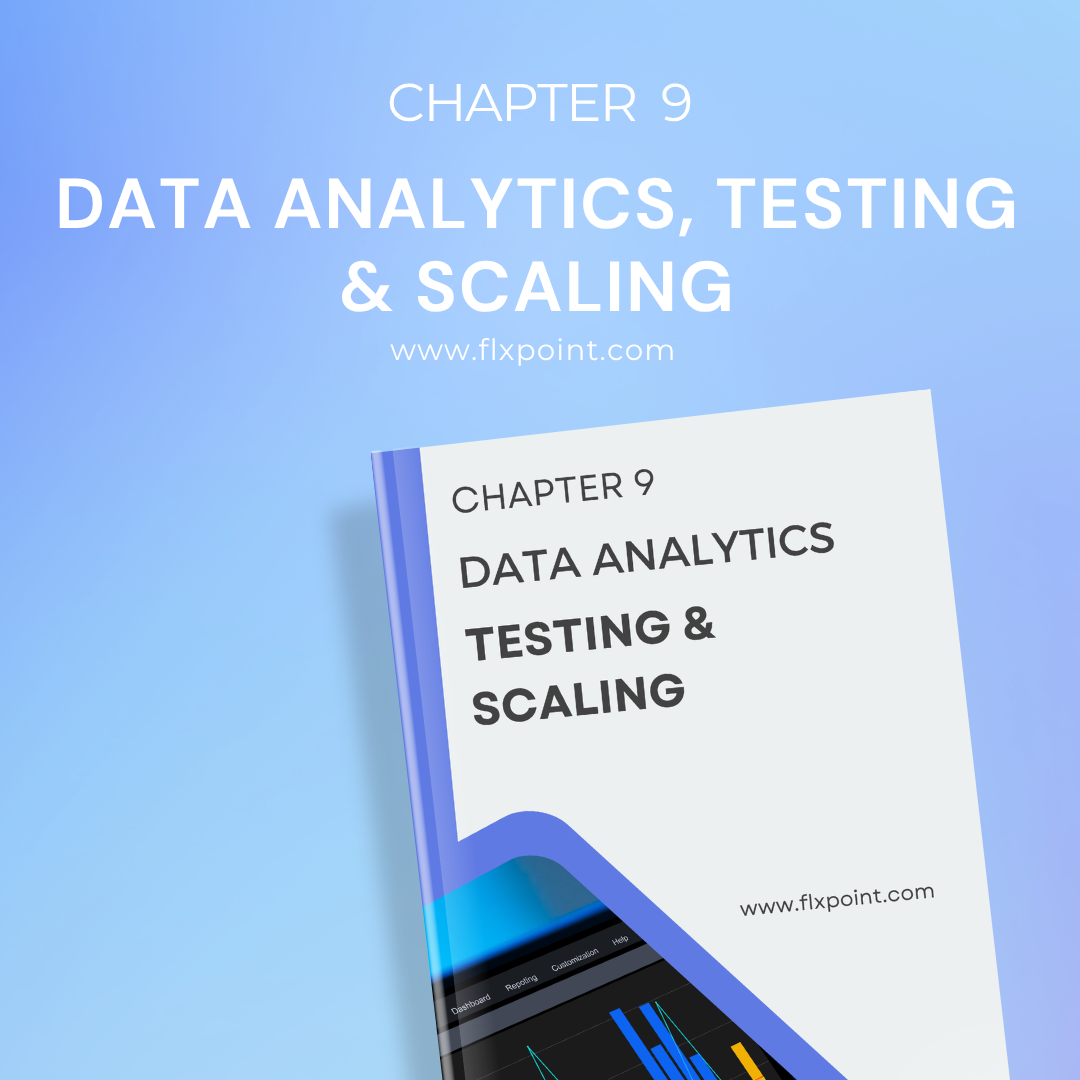Chapter 6 Influencer, Affiliate & Ambassador Programs
Scale your marketing through strategic partnerships. Learn how to build influencer networks, set up affiliate programs, and create ambassador communities that drive sales.

Table of Contents
- Introduction
- Building an Influencer Database with Platforms
- Negotiation Tips and Long-Term Contracts
- Affiliate Program Stack: Refersion, Post Affiliate Pro, Tapfiliate
- Tracking Conversions via Multi-Touch Attribution
- Ambassador Community Portals and Reward Structuring
Introduction
As a dropshipping store owner, you're constantly looking for effective ways to promote your products without breaking the bank. Three powerful strategies stand out as particularly effective: influencer marketing, affiliate programs, and ambassador initiatives.
These strategies work because they leverage something fundamental to human nature: we trust recommendations from people we know or admire more than we trust direct advertising. According to research, Twitter users trusted their favorite online influencers nearly as much as their close personal friends. That's powerful social proof your dropshipping business can tap into.
In this chapter, we'll explore how to build and manage these relationship-based marketing channels. You'll learn practical steps to create an influencer database, negotiate fair contracts, set up affiliate tracking systems, implement multi-touch attribution, and structure ambassador programs that drive sustainable growth.
Let's dive into how these strategies can work together to create multiple streams of promotion for your dropshipping store.
Building an Influencer Database with Platforms
Why Influencers Matter for Dropshipping
Influencer marketing has grown dramatically in recent years. The global social media influencers market more than tripled since 2019, reaching an estimated $24 billion in 2024. For dropshipping stores, influencers offer something particularly valuable: they help overcome the trust barrier that often exists with new online stores.
Since dropshipping businesses typically don't manufacture their own products, having respected voices vouch for your product quality and service can significantly boost credibility. Plus, influencers give your products context, showing potential customers how items actually look, function, and fit into real life.
Understanding Influencer Categories
Before building your database, understand the different types of influencers available:
Mega-Influencers (1M+ followers): Celebrities and major social personalities with massive but broad reach. They're typically expensive, charging thousands per post. For example, top-paid mega influencers can command $2-3 million per social media post. Unless you're dropshipping very high-margin products with mass appeal, this tier is rarely cost-effective.
Macro-Influencers (100K-1M followers): Content creators who gained fame through their online presence. They have established credibility and engaged audiences in specific niches. For dropshipping stores selling niche products like specialized camping gear or unique home decor, macro-influencers in relevant categories can deliver strong results.
Micro-Influencers (1K-100K followers): Subject matter experts with highly engaged, targeted audiences. They typically offer better engagement rates and more affordable pricing. These are often ideal partners for dropshipping stores, especially when you find micro-influencers whose audience demographics match your target customers.
Nano-Influencers (under 1K followers): Regular people with influence in their community. They have the highest engagement rates and authenticity but limited reach. For local dropshipping businesses or those with highly specific target audiences, nano-influencers can be surprisingly effective.
Building Your Influencer Database
Creating a systematic approach to finding and tracking potential influencers will save you time and improve results:
- Define your ideal influencer profile: Consider audience demographics, content style, engagement rates, and values alignment with your brand. For dropshipping, prioritize influencers who regularly review products in your niche.
- Use specialized platforms: Tools like Upfluence, AspireIQ, and Grin help identify relevant influencers based on keywords, demographics, and engagement metrics. These platforms often provide analytics on an influencer's audience composition, which is crucial for ensuring their followers match your target market.
- Organize with a CRM approach: Track your influencer relationships systematically. Include contact information, audience demographics, engagement rates, past collaboration results, and communication history. Tools like Airtable or specialized influencer CRMs help maintain this database.
- Monitor performance metrics: For each influencer, track key metrics such as conversion rates, engagement on sponsored content, and return on investment. This data will help you identify which influencer profiles work best for your specific dropshipping products.
- Create tiers within your database: Segment influencers by performance, relevance, and relationship status. This helps prioritize outreach and budget allocation.
Finding the Right Fit for Your Dropshipping Store
When evaluating potential influencers for your database, look beyond follower count. For dropshipping businesses, these factors matter more:
- Audience alignment: Do their followers match your target customer profile?
- Engagement quality: Are comments substantive or superficial?
- Content style: Does their aesthetic complement your products?
- Authenticity: Do they genuinely engage with products they promote?
- Platform specialization: Are they particularly strong on platforms where your target audience spends time?
Remember that smaller, more engaged audiences often deliver better results for dropshipping stores than larger, less engaged ones. A micro-influencer with 10,000 highly engaged followers in your exact niche will typically outperform a general lifestyle influencer with 100,000 followers.
Negotiation Tips and Long-Term Contracts
Approaching Influencers Effectively
The way you approach influencers can make or break potential partnerships. Here's how to do it right:
- Start with relationship building: Follow and genuinely engage with their content before pitching. This shows you understand and appreciate their work.
- Personalize your outreach: Reference specific content they've created that aligns with your products. Generic pitches get ignored.
- Lead with value: Explain what's in it for them beyond compensation. This could include exposure to new audiences, exclusive product access, or creative freedom.
- Be clear about expectations: Outline what you're looking for, including deliverables, timelines, and goals. Transparency builds trust.
Negotiation Strategies for Dropshipping Stores
Negotiating with influencers requires a balance of respect for their work and awareness of your budget constraints:
- Do your homework on rates: Research standard rates for influencers in your niche and at similar follower counts. This provides a baseline for negotiations.
- Start with product seeding: Offering free products is a cost-effective way to begin relationships, especially with nano and micro influencers. This approach is particularly valuable for dropshipping stores to ensure influencers can experience product quality firsthand.
- Consider performance-based structures: Offer a base fee plus performance bonuses tied to sales, conversions, or engagement. This aligns incentives and reduces upfront costs.
- Be transparent about your budget:You don’t need a six-figure budget — just a strong pitch and a product they believe in. Most influencers care more about alignment than ad dollars.
- Focus on long-term value: A one-off post rarely delivers as much value as an ongoing relationship. Structure deals with this in mind.
Crafting Effective Contracts
Clear contracts protect both parties and set expectations. Include these elements:
- Scope of work: Clearly define the number and type of deliverables (posts, stories, videos).
- Content guidelines: Outline key messaging points, disclosure requirements, and any specific visual or textual elements you need included.
- Approval process: Detail how and when content will be reviewed before posting.
- Payment terms: Specify amounts, timing, and any performance-based components.
- Exclusivity clauses: If you're paying a premium, consider requesting that the influencer not promote competing products during your campaign period.
- Content rights: Clarify who owns the content and how you can repurpose it across your marketing channels.
- Performance metrics: Define how success will be measured and tracked.
- Termination conditions: Outline circumstances under which either party can end the agreement.
Nurturing Long-Term Influencer Relationships
For dropshipping businesses, long-term influencer relationships are particularly valuable since they build consistent trust with potential customers:
- Provide excellent experiences: Ensure influencers receive quality products promptly, just as you would for regular customers.
- Offer escalating benefits: Create tiered benefits that increase as the relationship develops, such as better commission rates or early access to new products.
- Gather and implement feedback: Influencers often have valuable insights about your products and audience. Listen and act on their suggestions.
- Recognize their contributions: Publicly acknowledge how influencers help your business grow. This builds goodwill and strengthens the relationship.
- Consider exclusivity arrangements: For your best-performing influencers, explore exclusive brand ambassador relationships that provide them with stable income and give you consistent promotion.
Affiliate Program Stack: Refersion, Post Affiliate Pro, Tapfiliate
Why Affiliate Marketing Works for Dropshipping
Affiliate marketing complements dropshipping business models particularly well because both operate on similar principles: leveraging external partners to drive sales without managing physical inventory. With an affiliate program, you only pay when sales actually happen, making it a cost-effective channel.
Choosing the Right Affiliate Software
Your choice of affiliate tracking software will significantly impact the success of your program. Three popular options for dropshipping stores include:
Refersion: User-friendly platform with straightforward setup. It integrates well with major ecommerce platforms and provides a clean interface for both merchants and affiliates. Refersion helps businesses discover new affiliates, track key metrics, and manage affiliate partners in one database.
Post Affiliate Pro: A comprehensive solution offering extensive tracking capabilities and customization options. Post Affiliate Pro provides advanced features like lifetime commissions and fraud prevention through S2S tracking. The platform offers unlimited affiliates, lifetime support, advanced reporting, and up to 210 useful integrations.
Tapfiliate: Known for its intuitive dashboard and robust automation features. Tapfiliate stands out with its automated workflows and access to the Admitad Partner Network with over 100,000 potential affiliates. The platform includes real-time conversion tracking, flexible commissions, custom integrations, and accessible pricing starting at $89 per month.
When selecting your affiliate software, consider these factors:
- Integration capabilities: Ensure the platform integrates smoothly with your dropshipping platform, payment processors, and marketing tools.
- Commission structure flexibility: Look for software that supports various commission models, including percentage-based, fixed amount, and tiered structures.
- Tracking reliability: Accurate attribution is crucial for maintaining affiliate trust. The platform should offer robust cookie tracking and backup methods.
- Affiliate recruitment tools: Some platforms provide marketplaces or recruitment features to help you find relevant affiliates.
- Reporting and analytics: Comprehensive data helps optimize your program over time.
- User experience: Both you and your affiliates should find the platform intuitive and easy to navigate.
Setting Up Your Affiliate Program
Follow these steps to launch an effective affiliate program for your dropshipping store:
- Define your commission structure: Consider your profit margins, average order value, and competitive landscape. For dropshipping stores with typical margins, commissions usually range from 5-15% of sales.
- Create clear program terms: Establish rules regarding cookie duration, commission payments, prohibited marketing tactics, and approval requirements.
- Develop marketing materials: Provide affiliates with high-quality banners,
- product images, description templates, and email swipes. This makes it easier for them to promote your products effectively.
- Set up a dedicated landing page: Create an informative page that explains your program benefits, commission structure, and application process.
- Implement proper tracking: Configure your chosen software to accurately attribute sales to the correct affiliates.
- Establish a validation process: Create protocols for reviewing and approving affiliate applications to maintain program quality.
Managing Affiliate Relationships
Success with affiliate marketing requires ongoing management:
- Communicate regularly: Keep affiliates informed about new products, promotions, and program updates.
- Provide performance feedback: Help affiliates understand what's working and what could be improved.
- Offer tiered commissions: Reward your top performers with higher commission rates to encourage continued promotion.
- Create exclusive promotions: Give affiliates special offers or discount codes to share with their audience.
- Monitor for compliance: Watch for prohibited marketing tactics like trademark bidding or spam.
- Pay promptly: Reliable, on-time payments build trust and motivation.
Tracking Conversions via Multi-Touch Attribution
Understanding Attribution Models
For dropshipping stores running multiple marketing channels, understanding which touchpoints drive conversions is crucial. Multi-touch attribution credits multiple interactions along the customer journey rather than assigning all credit to a single touchpoint.
Common multi-touch attribution models include:
- Linear attribution: Equal credit is given to each touchpoint in the customer journey. If a customer interacts with your brand through a Facebook ad, influencer post, and affiliate link before purchasing, each touchpoint receives 33.3% of the credit.
- U-shaped attribution: Most credit goes to the first and last touchpoints. This model gives 40% credit each to the first touch (discovery) and last touch (conversion), with the remaining 20% distributed among middle touchpoints.
- W-shaped attribution: Credit is divided among three key touchpoints: first interaction, lead generation, and conversion. Each receives approximately 30% of the credit, with remaining touchpoints sharing the final 10%.
- Time decay attribution: Recent touchpoints receive more credit than earlier ones. This model assumes that interactions closer to the conversion had more influence on the purchase decision.
Implementing Multi-Touch Attribution for Dropshipping
Follow these steps to effectively implement multi-touch attribution:
- Choose the right model: Select an attribution model that aligns with your marketing strategy and customer journey. For dropshipping stores with shorter purchase cycles, time decay often works well.
- Integrate data collection tools: Combine data from all marketing channels, including social media, paid search, email, and phone calls. Tools like Google Analytics, Adobe Analytics, and call tracking platforms help create a complete picture.
- Map the customer journey: Visualize typical paths customers take from discovery to purchase. This helps identify key conversion points and optimize marketing efforts accordingly.
- Align with business objectives: Ensure your attribution approach supports your overall business goals, whether that's maximizing ROI, growing market share, or entering new product categories.
- Implement cross-channel tracking: Use UTM parameters, cookies, and tracking pixels to monitor user interactions across different touchpoints.
- Analyze and adjust: Regularly review performance data to identify which channels and touchpoints deliver the best results for specific product categories or customer segments.
- Test and refine: Continuously optimize your attribution strategy based on new data and changing customer behaviors.
Challenges and Solutions in Multi-Touch Attribution
Dropshipping businesses face several common attribution challenges:
- Cross-device tracking: Customers often research on mobile but purchase on desktop. Solution: Implement user identification through accounts or email to connect activities across devices.
- Offline conversions: Phone calls or in-person referrals may not be captured. Solution: Use call tracking software and promotional codes to attribute offline conversions.
- Privacy regulations: Cookie restrictions and privacy laws limit tracking capabilities. Solution: Leverage first-party data and cookieless tracking methods like probabilistic matching.
- Attribution windows: Determining how long to credit touchpoints before conversion. Solution: Analyze your typical sales cycle and set appropriate attribution windows by channel.
Ambassador Community Portals and Reward Structuring
From Customers to Advocates
Ambassador programs transform satisfied customers into dedicated brand advocates. For dropshipping stores, these programs create a sustainable source of authentic promotion and valuable feedback.
Building Your Ambassador Portal
A dedicated ambassador portal creates a sense of community and streamlines program management:
- Select the right platform: Select the right platform: Tools like ROSTER or Mighty Networks help you build more than a program — they help you build a brand movement.
- Create an application process: Develop criteria for ambassador selection and a simple application form that captures relevant information.
- Design an onboarding journey: Create resources to help new ambassadors understand your products, brand voice, and program expectations.
- Facilitate community interaction: Include features that allow ambassadors to connect with each other, share success stories, and collaborate on promotions.
- Provide marketing resources: Stock your portal with product information, images, videos, and suggested messaging that ambassadors can use.
- Build in tracking tools: Include features that allow ambassadors to monitor their performance and rewards earned.
Implementing Tiered Ambassador Programs
Tiered programs create clear progression paths that keep ambassadors engaged for the long term:
- Design meaningful tiers: Create 3-4 distinct levels with unique names that reflect your brand identity. For a dropshipping store selling outdoor gear, tiers might be named "Explorer," "Trailblazer," and "Summit Club."
- Define advancement criteria: Establish clear metrics for moving up tiers, such as number of referrals, social media mentions, or content pieces created.
- Create ascending rewards: Ensure benefits become increasingly valuable as ambassadors climb tiers. Early tiers might offer product discounts or exclusive access, while top tiers could include free products, revenue sharing, or involvement in product selection decisions.
- Add non-monetary benefits: Include rewards beyond financial compensation, such as early access to new products, input on future inventory, or feature spots on your website.
- Establish a tracking system: Implement tools to monitor ambassador activities and progress toward the next tier. ROSTER's ambassador portal allows both brands and ambassadors to view status updates, points accumulated, and requirements for advancement.
Designing Effective Ambassador Tasks
Engaging ambassadors requires thoughtful task design:
- Align tasks with abilities: Assign appropriate activities based on ambassador skills and comfort level. Some may excel at content creation while others prefer direct referrals.
- Create variety: Mix social media tasks, content creation, referral generation, and product feedback to keep ambassadors engaged.
- Scale complexity with tiers: Higher-tier ambassadors should receive more sophisticated and impactful assignments.
- Set clear expectations: Define success metrics for each task and provide examples of quality work.
- Incorporate seasonal campaigns: Align ambassador activities with your promotional calendar and product launches.
Recognition and Community Building
Beyond rewards, recognition drives ambassador motivation:
- Spotlight top performers: Feature successful ambassadors on your website, social media, and within the ambassador community.
- Create ambassador-only events: Host virtual meetups, product previews, or training sessions exclusively for your ambassadors.
- Establish a feedback loop: Regularly solicit input from ambassadors about your products and program, then implement improvements based on their suggestions.
- Celebrate milestones: Acknowledge both individual achievements and program-wide successes to build community pride.
- Share impact metrics: Show ambassadors how their efforts contribute to business growth and customer satisfaction.
Conclusion
Influencer marketing, affiliate programs, and ambassador initiatives offer dropshipping store owners powerful opportunities to leverage social proof and trusted recommendations. These relationship-based marketing strategies help overcome the trust barriers that often challenge new online retailers while providing cost-effective ways to reach targeted audiences.
Success in these areas requires thoughtful planning, systematic management, and continuous optimization. Build relationships with the right influencers, implement reliable affiliate tracking, apply sophisticated attribution models, and create engaging ambassador programs that reward loyalty and performance.
By implementing the strategies outlined in this chapter, your dropshipping store can transform customers and partners into a powerful extension of your marketing team. This creates sustainable growth driven by authentic advocacy rather than relying solely on paid advertising.
Remember that these relationship-based marketing approaches work best when viewed as long-term investments rather than quick wins. Take the time to build proper systems, nurture relationships, and refine your approach based on performance data. The returns will compound over time as your network of promoters grows in both size and effectiveness.
Ready to Scale Your Influencer Success?
Imagine this: you've onboarded the perfect influencer who posts about your product, and suddenly orders start rolling in faster than ever. Exciting, right? But what if your backend isn't strong enough to handle this success?
You might struggle with inventory tracking, order routing, and fulfillment delays, turning your big win into a customer service nightmare.
That's where Flxpoint comes in. Our platform strengthens your backend operations, automatically routing orders to the right suppliers, tracking inventory in real-time, and ensuring smooth fulfillment even during traffic spikes.
You've earned new customer attention — now earn their trust. While you grow your reach, Flxpoint ensures every order, update, and unboxing experience runs smoothly.
Request a Demo Today
Guide Chapters
- Chapter 1: Choosing the Right Ecommerce Platform
- Chapter 2: Technical Store Optimization for Conversions
- Chapter 3: SEO for Dropshipping – Advanced Tactics
- Chapter 4: Paid Media Mastery
- Chapter 5: Social Media & Content Engines
- Chapter 6: Influencer, Affiliate & Ambassador Programs
- Chapter 7: Email & SMS Marketing Automation
- Chapter 8: Content Marketing & Search Intent Targeting
- Chapter 9: Data Analytics, Testing & Scaling
- Chapter 10: Building Brand Loyalty & Advocacy
All Chapters in This Guide

Your platform choice affects everything else you'll do. We compare Shopify, WooCommerce, BigCommerce, and Wix across what matters most: cost, scalability, marketing tools, SEO features, and payment options. Learn which platform fits your business size, technical skills, and growth plans—so you don't have to migrate later.

Small technical fixes create big revenue gains. Learn how to structure your store so customers actually buy, implement schema markup that helps you show up in search, speed up your site, and set up tools like Hotjar to see exactly where people get stuck in your buying process.


Stop wasting money on ads that don't convert. Build campaigns that work at every stage - from awareness to repeat purchase. Master Facebook ads, Google Shopping, Dynamic Product Ads, and figure out which touchpoints actually drive sales with proper attribution.

Create content systems that run themselves. Build engines for Instagram Reels, YouTube Shorts, Pinterest, and Stories. Use AI tools to scale content creation, collect user-generated content legally, create viral loops, and track what's actually driving sales.





